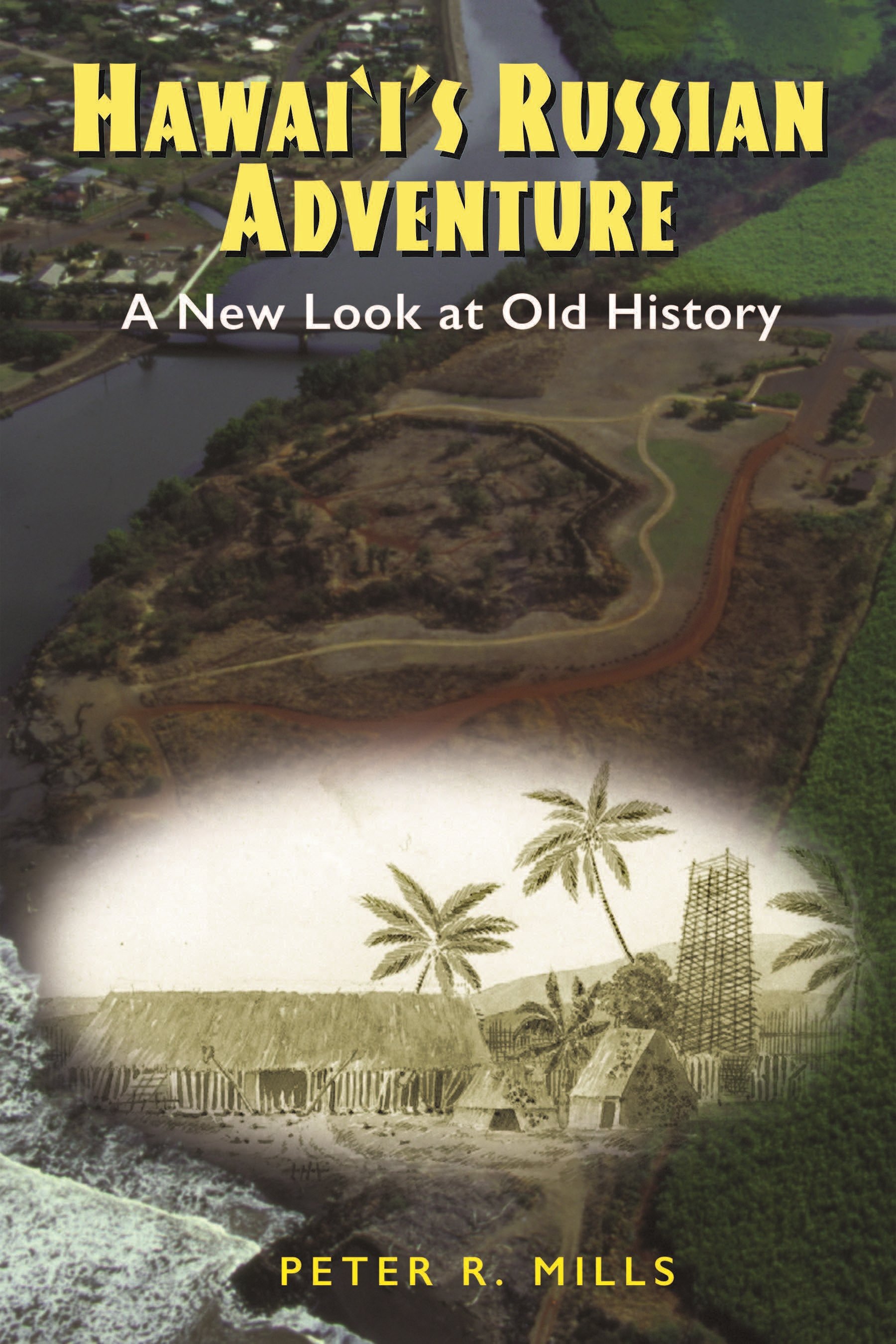Hawai‘i’s Russian Adventure
Hawai‘i’s Russian Adventure
In the early 1800s thousands of American and European traders arrived in Hawai‘i to lay in supplies for the long trip east or to take on Hawaiian sandalwood, which commanded a high price in China. In response to this developing global economy in th...
Read more
In the early 1800s thousands of American and European traders arrived in Hawai‘i to lay in supplies for the long trip east or to take on Hawaiian sandalwood, which commanded a high price in China. In response to this developing global economy in the Pacific, Russia expanded its trading outposts as far as western Kaua‘i and together with Kaua‘i chiefs began planning the construction of Fort Elisabeth in Waimea in 1816. A year later, the structure was abandoned by the Russians, but, as Peter Mills argues convincingly, a long and significant history of the fort remains to be told, even after its Russian one had ended. Seeking to redress the imbalance that exists between the colonized and the colonizers in Pacific historiography, Mills examines the fort and its place in the history of Kaua‘i under paramount chief Kaumuali‘i and in relation to the expanding kingdom of Kamehameha and his successors. His work exposes how Hawaiians have been ignored in their own history and challenges commonly held assumptions such as Kamehameha’s unification of the Islands in 1810 and the victimization of Kaumuali‘i by representatives of the Russian-American Company. Using hundreds of firsthand accounts in combination with field archaeology, Mills shows that the fort was originally built and used by Hawaiians as a heiau (ritual temple). After the Russians’ departure, Hawaiians continued to use the fort but in ways that reflected an ongoing transformation of cultural values provoked by contact with outsiders and the development of multiethnic communities in Waimea and other port settlements throughout the Hawaiian chain. Hawai‘i’s Russian Adventure is an original look at a significant chapter in the history of Hawai‘i. It overturns many popular myths and perceptions about the fort at Waimea and about European and Hawaiian interaction in the first half of the nineteenth century while delving into some of the central issues in historical anthropology, colonialism, and the development of global networks.
Less
